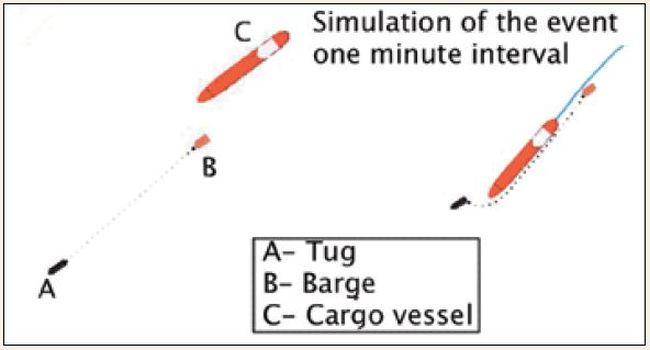

The revised Regulations came into force on 1 st Sep 1965 and were the first time that radar and radar assisted collisions were recognised. In 1960 another International Conference on Safety of Life at Sea was held in London, this time under the auspices of the Inter-Governmental Maritime Consultative Organisation (IMCO – later to become the International Maritime Organisation or IMO), to consider and approve, amongst other things, proposed changes in the International Collision Regulations. The Regulations for Preventing Collisions at Sea made by that Order, remained in force until 1 st Jan 1954, when they were replaced by the Regulations which were approved by the International Conference on Safety of Life at Sea held in London during 1948.

This was a major breakthrough date, as this was the first time that the “rules” were given International Status, and were adopted by most seafaring nations.

All these were repealed and reproduced without alteration as regards British vessels, by the order of 1910. The Collision Regulations were made by an Order-in-Council in 1896. Trinity House promulgated a set of rules, which were given statutory force by a section of the Steam Navigation Act of 1846. It was only in 1840, that the first attempt was made, to regularise the actions that ships should take when a risk of collision existed. There was thus built up what might be called a common law of seamanship and this was given effect to, in this country, by the Courts of Admiralty, with the advice of the Master of Trinity House. At sea however, we do not have any white lines, nor artificial barriers and due to the curvature of the earth, only a few special areas that can be monitored by radar, thereby giving the monitors some measure of control.Ĭenturies before any legislation appeared governing the prevention of collisions at sea, there existed customary rules of good seamanship, which were evolved and observed by seafaring peoples in different parts of the world. In the air, controllers monitor all busy areas and define the courses, speeds and heights the pilots are to follow along officially designated air corridors. On the roads, we get around the problem by separating lanes of traffic, which are moving in opposite directions. As you decide to turn left, they decide to turn right and so on, until the inevitable occurs. It is difficult to determine what the other party is going to do, as there are no “rules” governing the situation. Yet the incident still occurs, even though you were both in plain sight of each other for some time. Your closing speed is probably less than 6 knots and your legs answer to your brain far faster than any ship will answer to its’ helm. Put the above scenario in the context of two ships at sea. The closer you get, the more course changes you both make, but despite there being very few others around, you still contrive to clash bags or briefcases, or even grind to an embarrassing halt, face-to-face. Why do ships collide? Perhaps the best explanation I have found is as follows whilst walking along a pavement at peace with world, have you ever had the experience of spying a fellow pedestrian ambling towards you? The other fellow is some way off, but head on and trying in vain to take evasive action. When the 19 th Century dawned, there were surprisingly, no official guidelines for avoiding collisions at sea, despite the fact that ever since ships first took to the water, they have seemingly done their very best to collide with one another. Why do we have the International Regulations for Preventing Collisions at Sea (The Rule of the Road, “colregs” or collision regulations – call them what you will)?


 0 kommentar(er)
0 kommentar(er)
